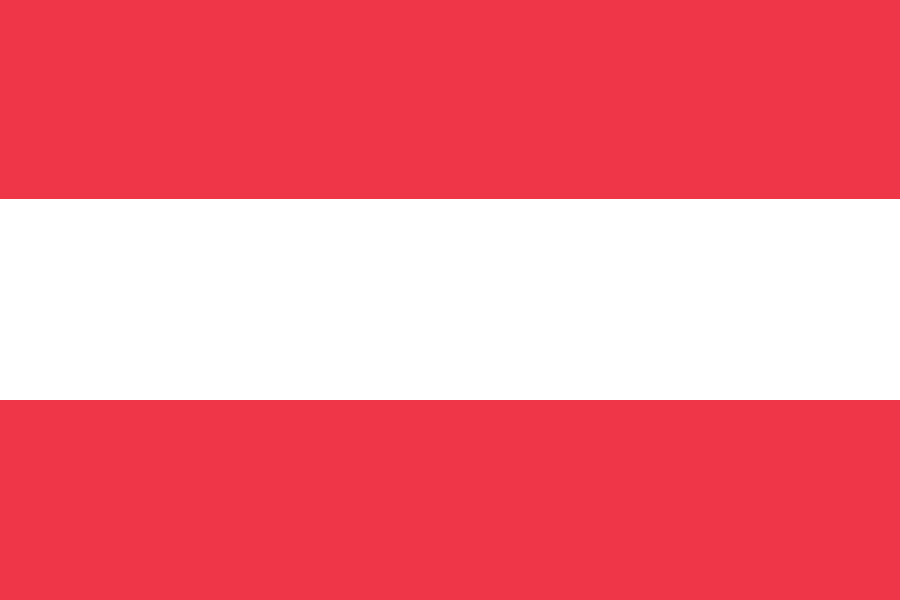Smart specialisation and regional funding in Upper Austria
Austria
Upper Austria (2018)
Upper Austria has a long tradition of creating innovative strategic programmes. The characteristics and peculiarities of the regional economy have always built the foundation for the development of the RIS3-strategy. Strategic goals must begin from this point and identify viable paths for further development. These considerations also form the basis for the current RIS3-strategy “Innovative Upper Austria 2020”. The program “Innovative Upper Austria 2020” defines measures in the five defined key areas Advanced Manufacturing, Energy, Health/Ageing, Food/Nutrition and Mobility/Logistics along the innovation chain education-research-economy. The 2013 ex-ante evaluation by the Austrian Institute of Economic Research confirmed the definition of five key areas to constitute a holistic and integrated policy approach and to follow Smart Specialisation principles. The main stakeholders were Principals/Politics and the stakeholders (e.g. industry – chamber of commerce, education etc.). The Strategic Advisory Board prepared the decision for the Politics and they subsequently reached the final decision. The process was a strong bottom-up-approach with the expressions of interest (all substantial system partners – University of Applied Economics, Science, Stakeholder, and Chamber of Commerce). In this process a survey within the community was carried out (expression of interest approach). The results of the survey were around 650 expressions of interest and on this basis, representatives from education, research and economy and the stakeholder coordination thematically clustered, discussed and made connections. The result of this process were the five key areas for the future and the cross-sectoral issues. This proposal was sent to the Principals/Politics and they made the final decision.
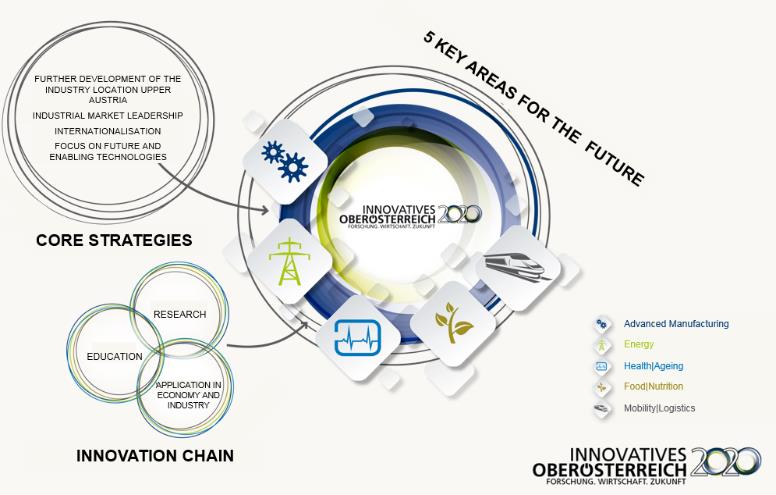
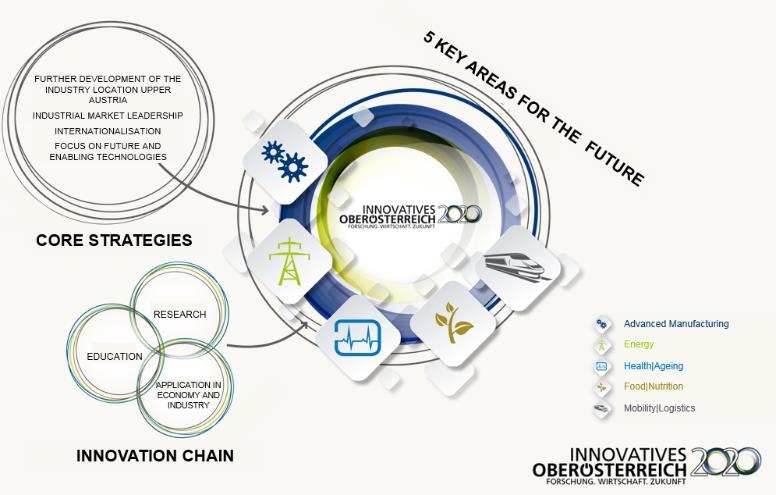
Photo credit: Business Upper Austria
The regional initiative STAR was developed within S3 to invest additional funds in certain topics of the research landscape. The funding landscape offers effective instruments at local, national and international level. At the regional level high potential dues to the strategic key segments, the local conditions, the core competencies of the country and to meet future challenges. Topics were triggered by STAR in the context of S3. Regional money is used to create different instruments, such as the calls, the Young Research Groups or the Industrial PhD. With STAR there is a chance to try out new things that do not yet exist.
An additional advantage is the expertise of external experts and the processing by national agencies. Cooperation with national promotional agencies can help to avoid redundancies.
Four calls have been successfully implemented by the province of Upper Austria in cooperation with the Austrian Research and Promotion Agency (FFG).
These calls are:
- 2014: call “Produktionsstandort OÖ 2050” September 14th – November 21st 2014
- 2015: call “Medizintechnik” March 3rd – May 6th 2015
- 2016: call “Smart Mobility” November 15th 2015 – March 2nd 2016
- 2017: call “Digitalisierung” January – April 10th 2017
The Call “Leitprojekt Medizintechnik” started on the 26th of June 2018 and was valid until the 3rd of December 2018.
As an example for the call “Produktionsstandort OÖ 2050“ two success stories that occurred within the scope of the S3 strategy, are worthy of mention. “SWIPS” on the one hand and “QualityGloss” on the other hand. In the project “SWIPS” (Smart Wood Impedance Paper Sensors) an efficient and dynamic process which enabled the successful fabrication of printed sensor electrodes on water-permeable paper substrates could be launched. These printed paper sensors are designed to fit directly in between a wood glue joint to monitor the curing of water based adhesives in the course of the drying and crosslinking process. The paper sensors bond strongly with a wood glue adhesive and can thus remain in the glue joint without weakening the bond and without losing its sensor function. This enables further in-situ real time measurements of structural health parameters in wood and timber products for lightweight construction elements. In contrast, current commercially available sensors with similar sensing capabilities are all based on plastic substrates, which are not water-permeable and do not bond to any wood glue adhesive. Such plastic sensors act as impurities with adverse effects on both the quality of the measurement and the strength of the glue joint. The fabrication of the paper sensors via conventional printing techniques is highly flexible. A great number of various custom-made sensors for special purpose applications can be produced. The scientific focus thereby is set primarily by the requirements of the Upper Austrian wood and timber industry with a pertinent emphasis on the technological demand and support of "Industry 4.0". The preeminent paper sensor application is the real time in-situ monitoring of adhesive curing kinetics at the industrial production of wood and timber elements, and other composite products. The second example is the project “QualityGloss”. Wood veneer surfaces play an important role as lightweight decoration parts for the aviation industry. There are high standards for reflecting, lacquered wood veneer surfaces for the interior equipment. In this project an objective testing method for quality assessment was developed. The data collected can be incorporated into the process improvement.
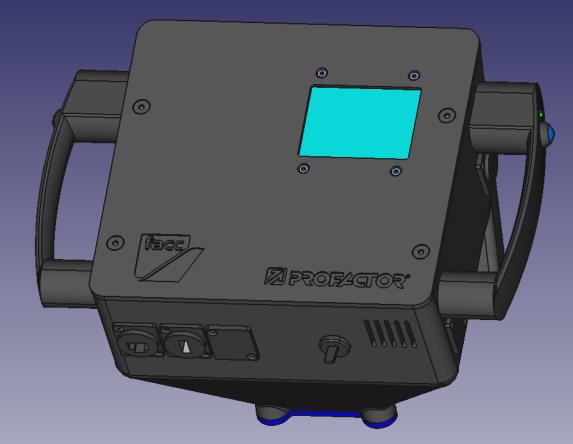
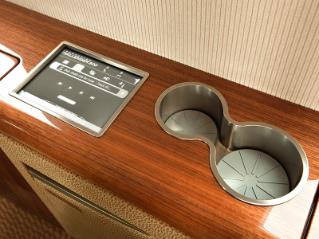
Sensor prototype Laquered wood veneer for Business Jet Interieur
Photocredit: PROFACTOR, FACC

Upper Austria has been focusing on strategic economic and research policy since 1998. Currently the fourth program ‘Innovative Upper Austria 2020’ is running, which is based even more on the principles of smart specialisation and which covers the key areas Advanced Manufacturing, Mobility/Logistics, Health/Ageing, Food/Nutrition and Energy
Additional Information
https://www.ooe2020.at/rechte-navigation/downloads/

